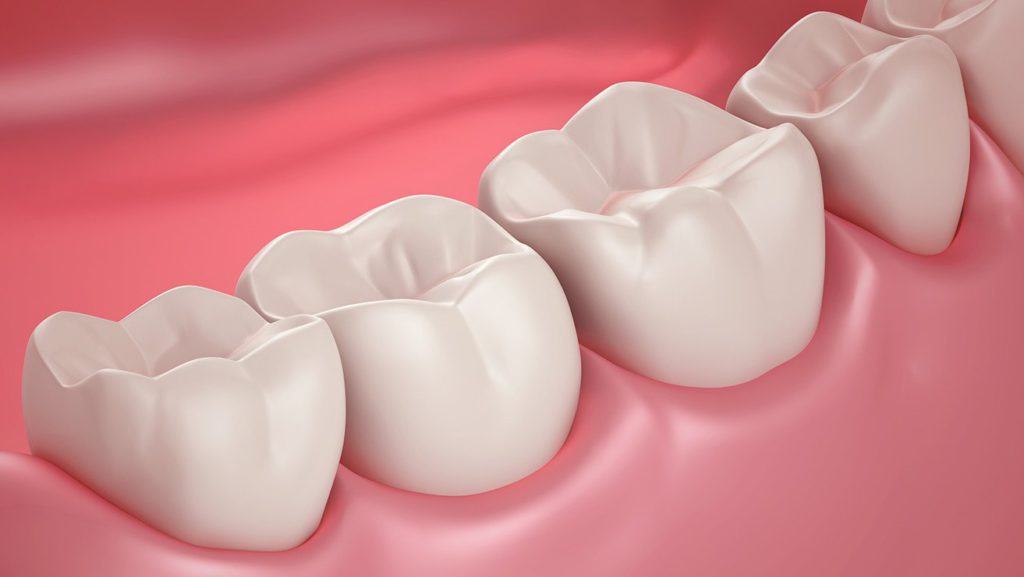
The increased sensitivity of enamel is due to several reasons. First, it may be a hereditary feature. Secondly, testify to a temporary weakening of the enamel due to the use of acidic foods. Thirdly, sensitivity is a sign of caries – both initial and advanced. Only an experienced dentist can determine the cause of tooth sensitivity after a special diagnosis. In some cases, a “reactive” tooth requires an immediate visit to the dentist.
There is probably no such patient who has not experienced pain at least once in his life from the use of hot and cold drinks, as well as sour and sweet foods. Such sensitivity of the tooth indicates damage to the enamel or dentin.
Recall that enamel is the top layer of the tooth. Dentin is under the enamel, it is the hard layer of the tooth that makes up its main part. Under the influence of acid, sugar and other irritants, the enamel weakens, “slightly opening” the dentin. Accordingly, pathogenic microflora begins to penetrate into the tooth, gradually destroying the dentin and affecting the pulp. From this, the patient experiences pain, which is called the sensitivity of the dentin.
Dentin sensitivity leads to a much faster development of caries than enamel sensitivity. Both disorders can be caused even by improper brushing of the teeth, in which the patient’s actions are too harsh. Attention should be paid to the stiffness of the brush and toothpaste: patients with sensitive enamel are not recommended to use pastes with large abrasive particles.
Other factors in the appearance of dentin sensitivity are malocclusion, the presence of multiple carious foci, inflammation of the gums, which led to the drooping of the gingival margin and bruxism.
